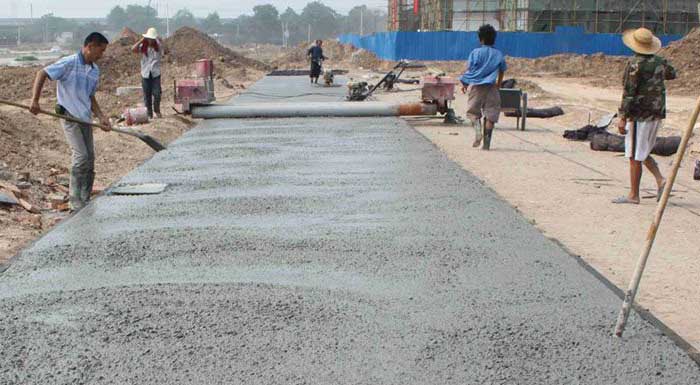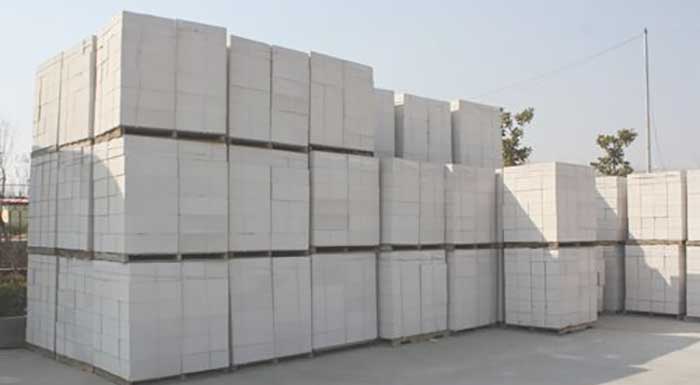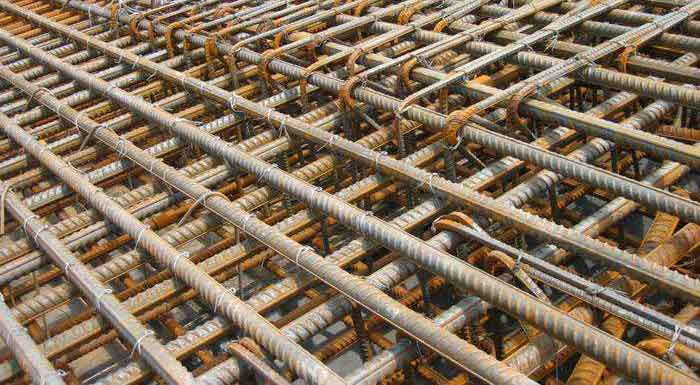Cement VS Concrete [8 Difference Between Cement and Concrete]
In our daily lives, we often see cement and concrete during construction, and many people believe that concrete and cement are the same thing. So what is the difference between cement and concrete?
Is Cement The Same As Concrete?
Cement and concrete are not the same thing. Cement is a cementitious material, while concrete is cementitious solids formed by mixing cement with aggregates and water. The main difference between cement and concrete is generally reflected in the differences in materials and objects.

8 Difference Between Cement and Concrete
1. Different Definitions
Cement: After mixing with water, it becomes a suspension and can harden in air or water, firmly bonding materials such as sand and gravel. Concrete made of cement not only has high strength after hardening, but also can resist the erosion of salt water.
Concrete: Concrete is the main civil engineering material. It is an artificial stone made from cementitious materials, granular aggregates, water, and additives added in a certain proportion when necessary, which are uniformly stirred, compacted, cured, and hardened.
2. Different Ingredients
Cement is a powdery substance mainly made by firing minerals such as lime, silicate, and aluminate. Concrete is made by mixing aggregates such as cement, sand, and stones. Cement is one of the main components of concrete, playing a bonding role.
3. Different Physical Properties
Cement is a powder that cannot be directly used and needs to be mixed with water to form a paste to function. Concrete is a solid material with certain strength and durability. Concrete can be poured, formed, and hardened as needed to form building components with a certain shape and structure.
4. Different Intensities

The strength of cement is relatively low and mainly plays a bonding role, bonding aggregates together. After the hydration reaction of cement, concrete has high strength and durability, and can withstand large loads and external forces.
In concrete, cement will undergo hydration reaction with water, and compounds such as silicates and aluminates in cement will react with water to form hydration hardening products, fill the gaps between aggregates, and increase the strength and durability of concrete.
5. Different Uses
Cement: As the main cementitious material, it is mainly used to make building materials such as concrete and mortar, and can also be used for repair, bonding, and other work.
Concrete: Concrete is a building material. It can not only be made into concrete with different strength according to construction requirements, but also be made into concrete with special uses according to use requirements: high-performance concrete, self leveling concrete, durable concrete, fiber concrete, asphalt concrete, foam concrete, etc. Widely used in construction, roads, bridges, and other engineering projects.
6. Cost and Durability
The manufacturing cost of cement is relatively low, and it can be directly constructed on the construction site. However, it is relatively fragile and easily influenced by external environmental factors.
The manufacturing process of concrete is relatively complex, requiring large concrete mixing equipment and aggregate supply, therefore the cost is relatively high. However, due to the high strength and durability of the aggregates in concrete, it is usually able to withstand pressure and environmental factors for a long time.
7. Plasticity and Workability

Cement has high plasticity and can be easily formed during construction, making it suitable for various shapes and surface treatments. However, due to the rapid solidification process of cement, there is a high requirement for the proficiency of construction personnel.
The plasticity and workability of cement are interrelated. Good plasticity helps to improve workability, and good workability also ensures that the plasticity of cement is fully utilized.
The plasticity of concrete is slightly lower, but due to the presence of aggregates, it can better maintain its initial shape and volume during construction. Concrete is easy to control and manipulate during the construction process.
8. Environmental Impact
Cement production process generates a large amount of carbon dioxide emissions, which cause significant environmental pollution. The manufacturing process of concrete also produces carbon dioxide, but relatively less.
Due to the fact that concrete can maintain its performance for a long time during use, reducing the need for reconstruction and repair, its impact on the environment is relatively small.
Cement VS Concrete (advantages and disadvantages)

Concrete is in liquid form, while cement is in powder form. Concrete is a substance made by mixing cement, concrete sand, water, etc., and cement is an auxiliary material. Their advantages and disadvantages are compared as follows:
 How To Classify Concrete [Classification, Manufacturing & Properties]
How To Classify Concrete [Classification, Manufacturing & Properties] 20 Common Types of Cement [Properties & Uses]
20 Common Types of Cement [Properties & Uses] Autoclaved Aerated Concrete [Definition, Types, Benefits, Applications]
Autoclaved Aerated Concrete [Definition, Types, Benefits, Applications] 5 Concrete Structure Defects [Causes & Prevention & Repair]
5 Concrete Structure Defects [Causes & Prevention & Repair]

